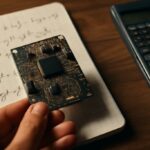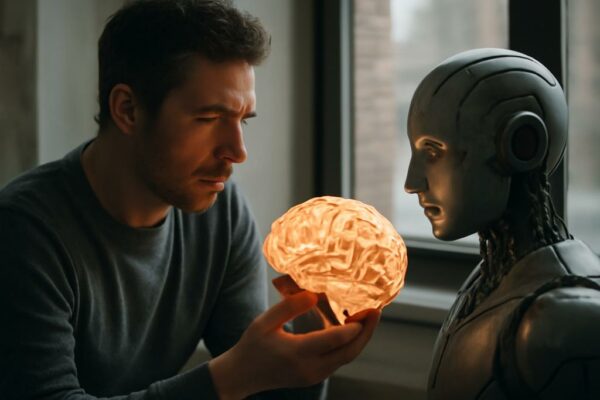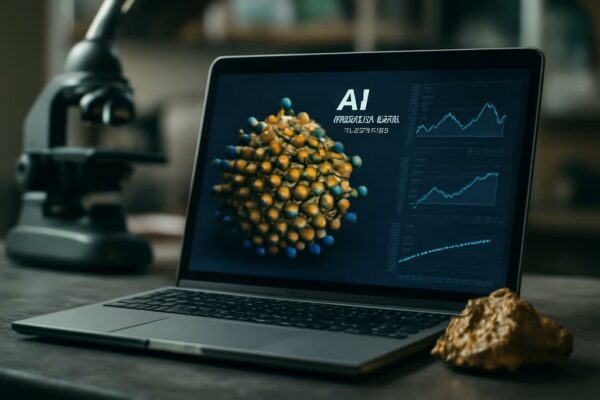
AI’s New Eyes: How Flexible Metasurfaces Are Revolutionizing Wireless
The Dawn of Flexible Intelligent Metasurfaces Imagine a world where wireless networks aren’t just passively receiving signals, but actively shaping their environment. This isn’t science fiction; it’s the promise of flexible intelligent metasurfaces (FIMs), a revolutionary technology poised to transform how we communicate and sense the world around us. Researchers at Constructor University (formerly Jacobs…
























